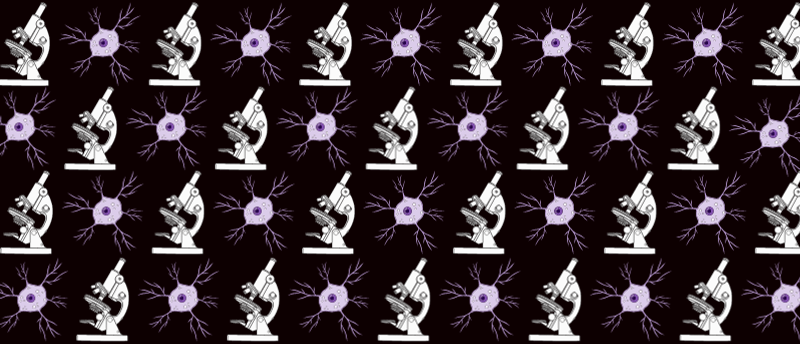Peek behind the paper: Three dimensional visualization and analysis of dendritic spines in human brain tissue

 Hei Ming Lai (left) is a Clinical Assistant Professor in the Department of Psychiatry at The Chinese University of Hong Kong (China) and is a psychiatrist–neuroscientist whose work focuses on developing and applying 3D histology techniques in both basic research and clinical diagnostics. His team uses multidisciplinary approaches to engineer novel technologies for structural–molecular–functional mapping of tissues from both humans and animals. In this ‘Peek behind the paper’, Lai gives insight into his recently published paper outlining a method to optically acquire a 3D image of dendritic spines in human brain tissues with a confocal microscope.
Hei Ming Lai (left) is a Clinical Assistant Professor in the Department of Psychiatry at The Chinese University of Hong Kong (China) and is a psychiatrist–neuroscientist whose work focuses on developing and applying 3D histology techniques in both basic research and clinical diagnostics. His team uses multidisciplinary approaches to engineer novel technologies for structural–molecular–functional mapping of tissues from both humans and animals. In this ‘Peek behind the paper’, Lai gives insight into his recently published paper outlining a method to optically acquire a 3D image of dendritic spines in human brain tissues with a confocal microscope.
Please provide a short summary of your paper
Our study shows, for the first time, an optically acquired 3D image of dendritic spines in human brain tissues. These had not been possible due to the lack of compatible labeling and tissue-clearing technologies. We built upon our previous development of a non-destructive, detergent-free tissue clearing agent (OPTIClear) that is crucial for co-application with lipophilic tracers, which can reveal the delicate dendritic spine structures in humans in detail.
What inspired you to develop this new method?
I am a psychiatrist and anatomist interested in looking at structure–functional relationships. The dendritic spines represent the contact points between neurons and, therefore, are pivotal to brain function. However, there were no accessible tools for imaging them in humans, hence we developed a method to allow any researchers equipped with a confocal microscope to image dendritic spines in a high-throughput, 3D manner.
What impact do you hope it will have on laboratory researchers?
As we focus on the accessibility of our methods, we hope our work provides a convenient yet robust way for researchers to observe cell morphologies in their tissue context, democratizing structural–molecular–functional correlative studies in a systems manner.
Do you have any tips for best practice for researchers looking to use this method?
Just go ahead and try it! It is simple and easy!
What are you hoping to do next in this area?
We are looking to combine this method with 3D immunohistochemistry such that the molecular compositions of these dendritic spines can be co-mapped with their structures. This will be an important step in studying the molecular mechanisms underlying many psychiatric diseases, such as autism, mood disorders and neurodegenerative diseases.